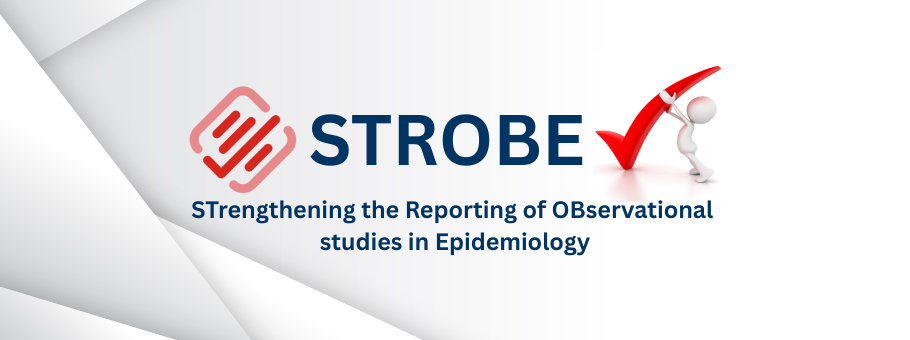The STROBE Statement for Transparency in Observational Research

Observational studies, including cohort, case-control, and cross-sectional research, play a crucial role in epidemiology by providing insights into health outcomes without experimental intervention. However, to ensure that findings are accurately interpreted and critically assessed, researchers must present their studies with clarity and precision. Adhering to established reporting standards enhances the integrity, accuracy, and credibility of scientific research, fostering trust within the academic community.
The STrengthening the Reporting of Observational Studies in Epidemiology (STROBE) guidelines provide a structured approach to reporting observational research. Developed by a global team of epidemiologists, statisticians, methodologists, and journal editors, STROBE outlines 22 key reporting criteria. By following this framework, researchers can present their findings transparently, reinforcing credibility and increasing the likelihood of publication in high-impact journals.
Advantages of Implementing STROBE Guidelines
- Ensures research reports are detailed, well-structured, and easy to understand.
- Strengthens the reliability of findings by promoting rigorous reporting practices.
- Increases the chances of acceptance in leading scientific journals.
Incorporating the STROBE checklist into your writing process helps maintain high reporting standards.
Download the STROBE checklist today to ensure your observational study is presented with the highest level of transparency, rigor, and precision.
For a broader perspective on reporting guidelines, check out our comparative analysis of STROBE, CONSORT, PRISMA, and ACORD, where we break down their key differences and applications in research.






